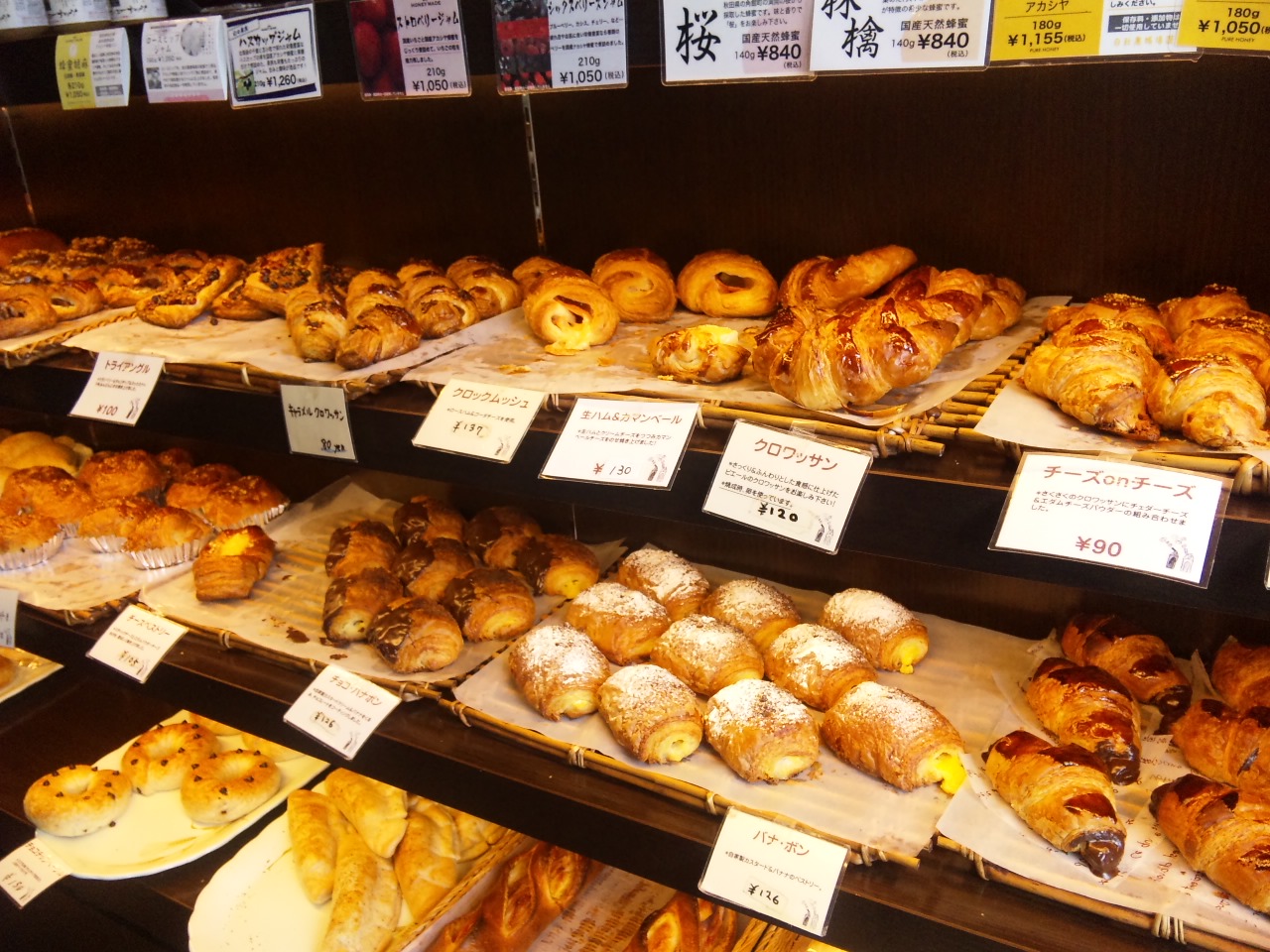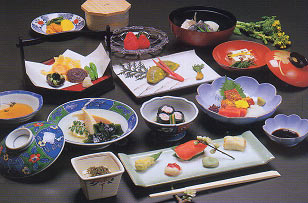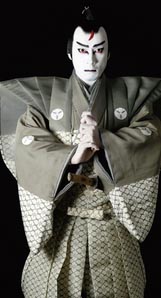
Grand Valley State University
2015 Spring Study Abroad
Japanese Theatre &
Food Culture
in Tokyo & Osaka



 |
Grand Valley State University
|
 |
 |
 |
Six Weeks: May 7-June 17th, 2015 |
|
|||
This unique program provides students at multiple language levels the opportunity to immerse themselves in Japanese culture. The six-week program begins with three weeks in Tokyo, the nation's capital and cosmopolitan center, and continues with three weeks in Osaka, Japan's second largest city and center of the historically and culturally important Kansai region. Students will explore Japan's past and present by exploring Tokyo urban centers such as Shibuya, Shinjuku, and Akihabara and ancient shrine and temple complexes in Nikko, Kyoto, and Nara. Students and professors will live in hostel-style hotels, each with a private room but sharing kitchen/lounge space. While there are frequent group outings, the program also focuses on fostering independence, giving students at any language level the confidence to set out and explore on their own, tailoring their experience to their own individual interests. The program includes two courses, one on Japanese theatre and the other on Japanese language in practice, this year focused on Japanese food culture. Both classes are fully integrated into the Japanese setting and serve to immerse students in the culture as lived by those in the community. For Grand Valley students, these two courses fulfill both the General Education "Issues" requirement and the "Cultures - World Perspectives" requirement. Fulfillment of alternative or additional credits (such as GenEd Foundations - Arts, or elective credit in the East Asian Studies or Theatre programs) may be possible with consultation. You can view the previous year's syllabus/class schedule here. |
||||
EAS 333: Japanese Theatre |
||||
This class will explore the full range of traditional Japanese performing arts, especially the four main traditional genres of nô, kyôgen, kabuki, and bunraku but also arts such as gagaku, biwa, and rakugo and more modern performance genres such as manzai and Takarazuka. We also explore the role of performance in everyday life, including religious ceremonies, festivals, sporting events, etc. There will be a strong emphasis on the way aspects of traditional performance are both preserved and adapted, manifesting in various ways in both modern performance and modern life. The course will take full advantage of its setting to explore the tradition of live performance, first in Tokyo and then in Osaka, Kyoto, and Nara. There will be at least four required field trips to view live performance as well as several optional supplemental field trips. The general content of the course remains consistent from year to year, but the specific details are always tailored to the performances that are available each season, and specific readings will target those plays which we will be seeing in performance. Previous years' performance field trips have included: |
||||
|
• Kabuki at Tokyo's Kabukiza and Meijiza, Osaka's Shôchikuza, and Kyoto's Minamiza |
|||
All plays will be read in English translation and discussed in class prior to performance and no previous exposure to Japanese language or culture is required, though we will frequently make use of close reading to delve into the way the language itself plays a part in defining the performance. Readings will also include analysis of the link between theatrical perforamance and religious practice, as well as the ways in which aspects of performance pervade everyday life in Japan. The goal is a course that is fundamentally tied to the cultural context in which we will be living for our six weeks in Japan. |
||||
JPN 285: Japanese Language in Practice: Food Culture |
||||
The language course is open to students at all ability levels, including absolute beginners, and centers on embedding language in the local culture and putting language into active use to complete real-world tasks. Whatever a student's level of language, this course is centered on making the most of it by applying it to real world tasks. Students are given the tools to become independent explorers, able to set out on their own and pursue their individual interests beyond formal group activities. This year the focus will be on Japanese food culture. Students will explore the variety of food cultures in Japan as they vary across season and region and have developed over time, technology, and globalization. We will consider relationships between various identities and food, as well as the historical developments that have led to contemporary Japanese cuisine as it is enjoyed both in Japan and internationally. The course includes a language component that will focus on practical applications such as reading menus and food labels, shopping for ingredients, ordering dishes, dining etiquette, decoding/explaining recipes, and mastering the onomatopoeia of taste and texture. Possible field trips include the Tsukiji fish market and other wholesale food markets as well as local sources of food and ingredients.
|
||||
Program Costs |
||||
The program fee includes round-trip transportation to Japan, accomodations, all field trips and associated fees and ground transportation for all group activities while in Japan. In addition students will also be charged for six credits of tuition at Grand Valley State University. For study abroad courses, both Grand Valley and non-Grand Valley students will be charged the in-state tuition price. Additional expenses listed below will not be applied to the student bill and are simply esitmates of what students might spend during six weeks in Japan. Individual students may spend more or less depending on their own activities. |
||||
Program fee: Total applied |
$4,991
|
Additional Expenses Personal expenses: Total: |
(estimated) $600 $1,468 |
|
| Total Estimated Program Cost: | $9,285 | |||
Application procedure |
||||
All students must apply to the program through the Grand Valley Padnos International Center. Grand Valley students can log in to the OASIS system using their regular username and password. Non-Grand Valley Students should first visit the Non-GVSU Student Information page to request guest student status in order to apply. Download the program flyer here. |
||||
Application Deadline: February 1, 2015 |
||||